Sometimes a movie keeps its world small on purpose, closing the walls around its characters and sticking to a single room, a confined vehicle, or a sealed structure. These films lean on careful staging, precise sound work, and scripts that move in real time or near it, so every detail matters. You will see a lot of single locations, limited casts, and stories built around isolation, survival, or procedure.
Below is a collection of films that use tight spaces and restricted movement as a core part of their design. Each entry notes where it takes place, how it was shot, and who made it, so you can zero in on the kinds of constraints and techniques that interest you most.
‘Buried’ (2010)
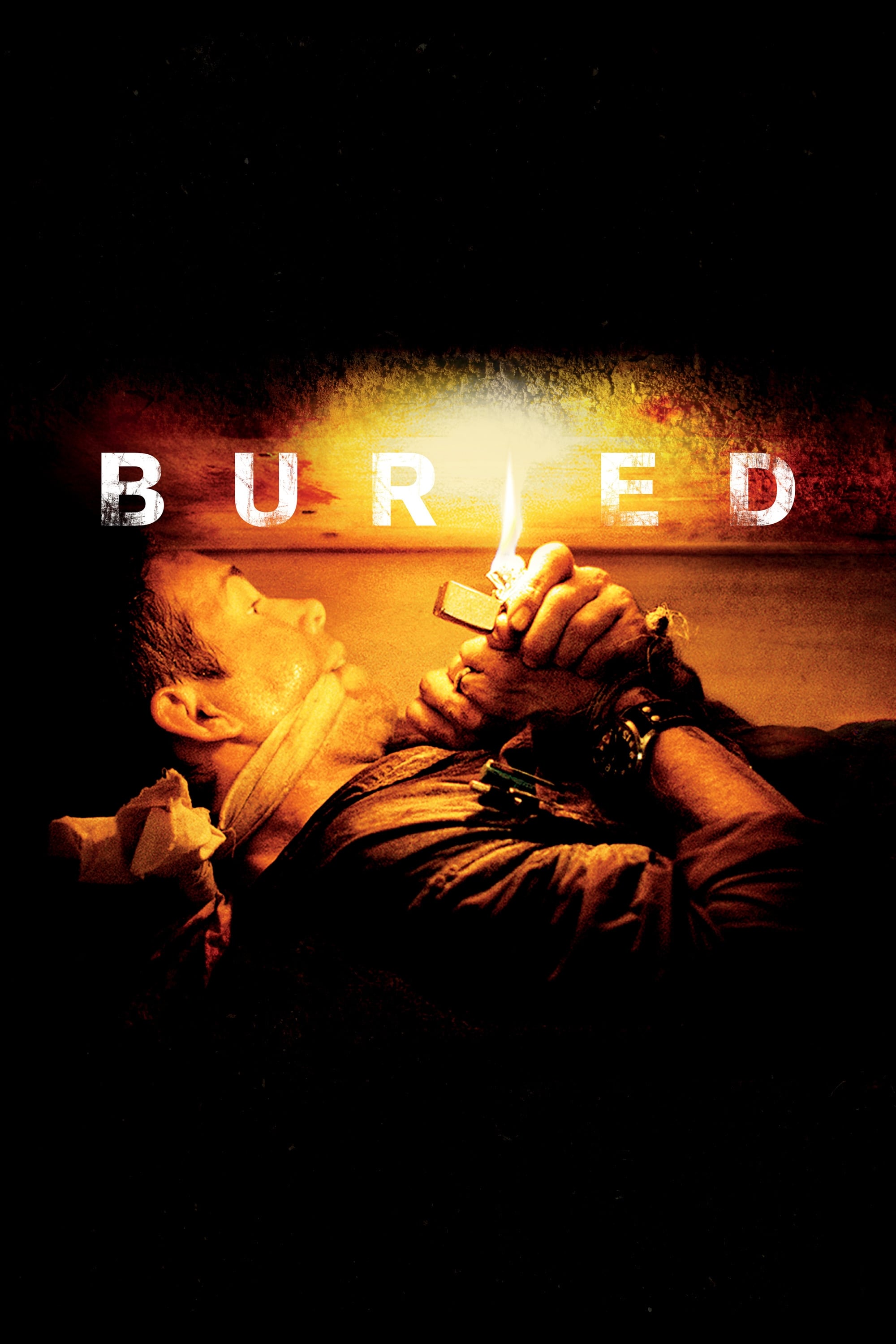 Versus Entertainment
Versus EntertainmentThis Spanish American production is directed by Rodrigo Cortés and stars Ryan Reynolds as a civilian contractor trapped in a wooden coffin in Iraq. The film runs about 95 minutes and unfolds almost entirely in real time inside the box, using only a lighter, a phone, and a few small items as on screen props. The crew built multiple coffin rigs to allow different camera angles and used controlled lighting cues to simulate dwindling oxygen.
The movie premiered at Sundance and was later distributed in select territories through Lionsgate and other partners. It was shot in Barcelona on soundstages to maintain full control of sand, dust, and smoke effects, and it relied on practical set pieces that could tilt and vibrate. Composer Víctor Reyes’s score was recorded after picture lock to follow the timing of each confined sequence.
‘Phone Booth’ (2002)
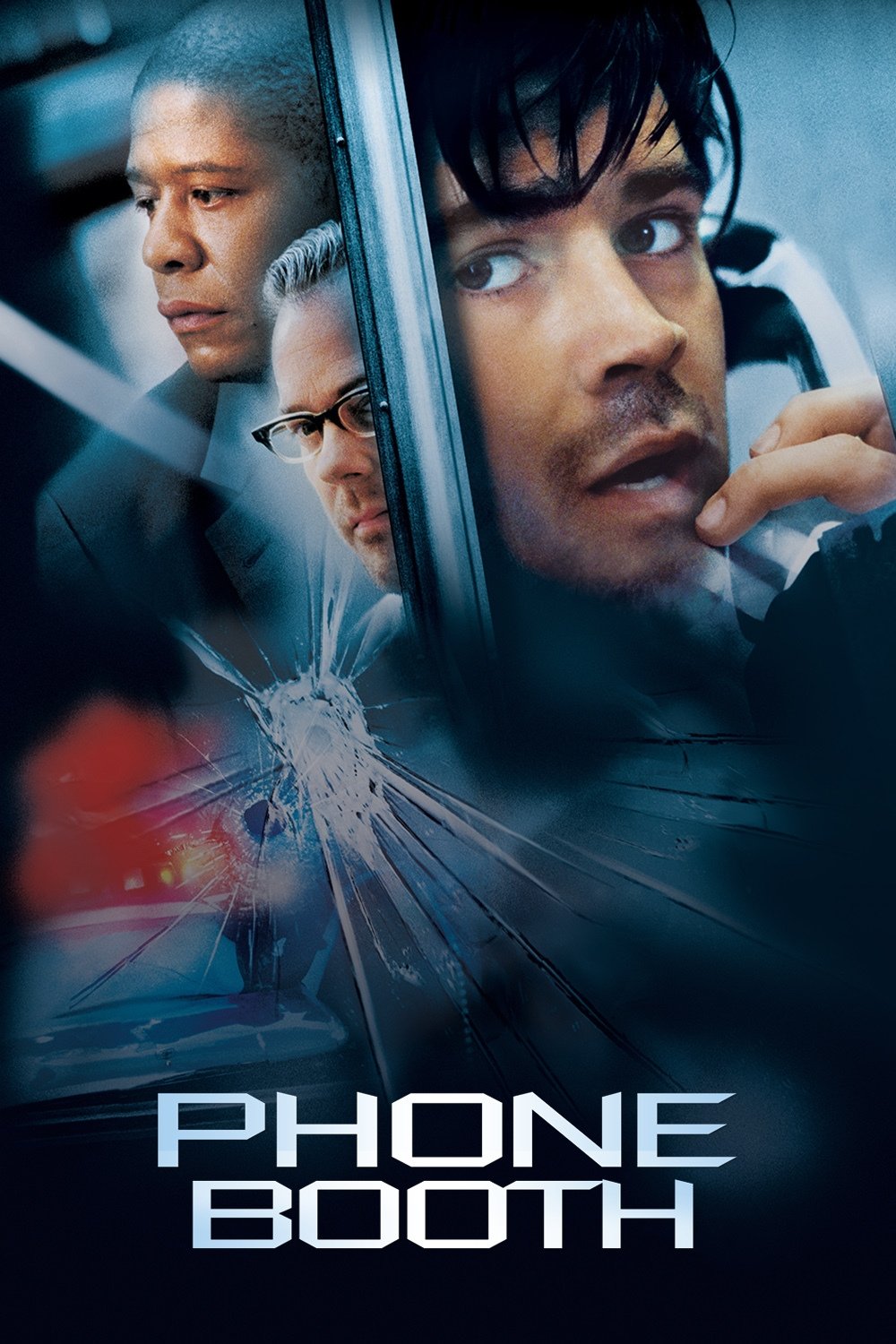 Fox 2000 Pictures
Fox 2000 PicturesDirected by Joel Schumacher and written by Larry Cohen, this thriller centers on a New York publicist held inside a Manhattan phone booth by a sniper. Although set in Midtown, principal photography took place in Los Angeles on a recreated block to control traffic, lighting, and crowd flow. The running time is about 81 minutes and the film uses split screens to track police, pedestrians, and the unseen caller.
Colin Farrell leads the cast, with Forest Whitaker, Kiefer Sutherland, and Radha Mitchell in key roles. The production designed the booth with removable panels to accommodate lenses and mics, while location audio captured street ambience for layering in post. The release was delayed and then moved to a spring slot, where it opened wide across North America.
‘Cube’ (1997)
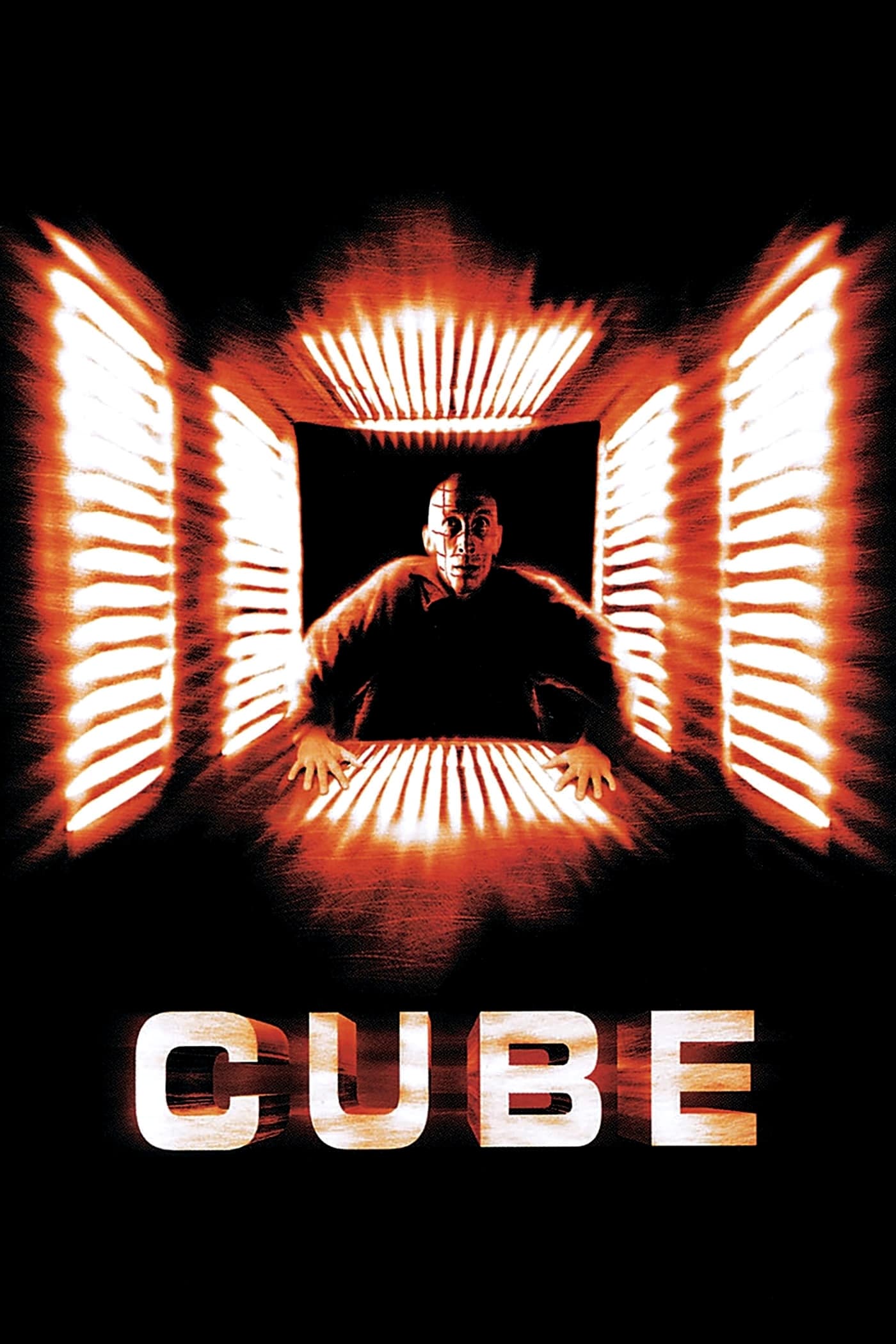 Cube Libre
Cube LibreThis Canadian feature from director Vincenzo Natali places characters inside a series of identical cubic rooms, each with potential traps. The production famously built a single cube set and changed its lighting gels and panel inserts to represent different rooms, which kept costs low while preserving spatial continuity. The screenplay uses math based rules to map safe pathways, and the runtime sits around 90 minutes.
The film was shot in Toronto with a lean crew and minimal visual effects, relying on practical mechanisms for the trap designs. Distribution rolled out through genre festivals before broader home video adoption, and the movie later inspired follow ups and an international remake. Casting focused on stage trained actors who could handle technical blocking inside a tight frame.
‘Das Boot’ (1981)
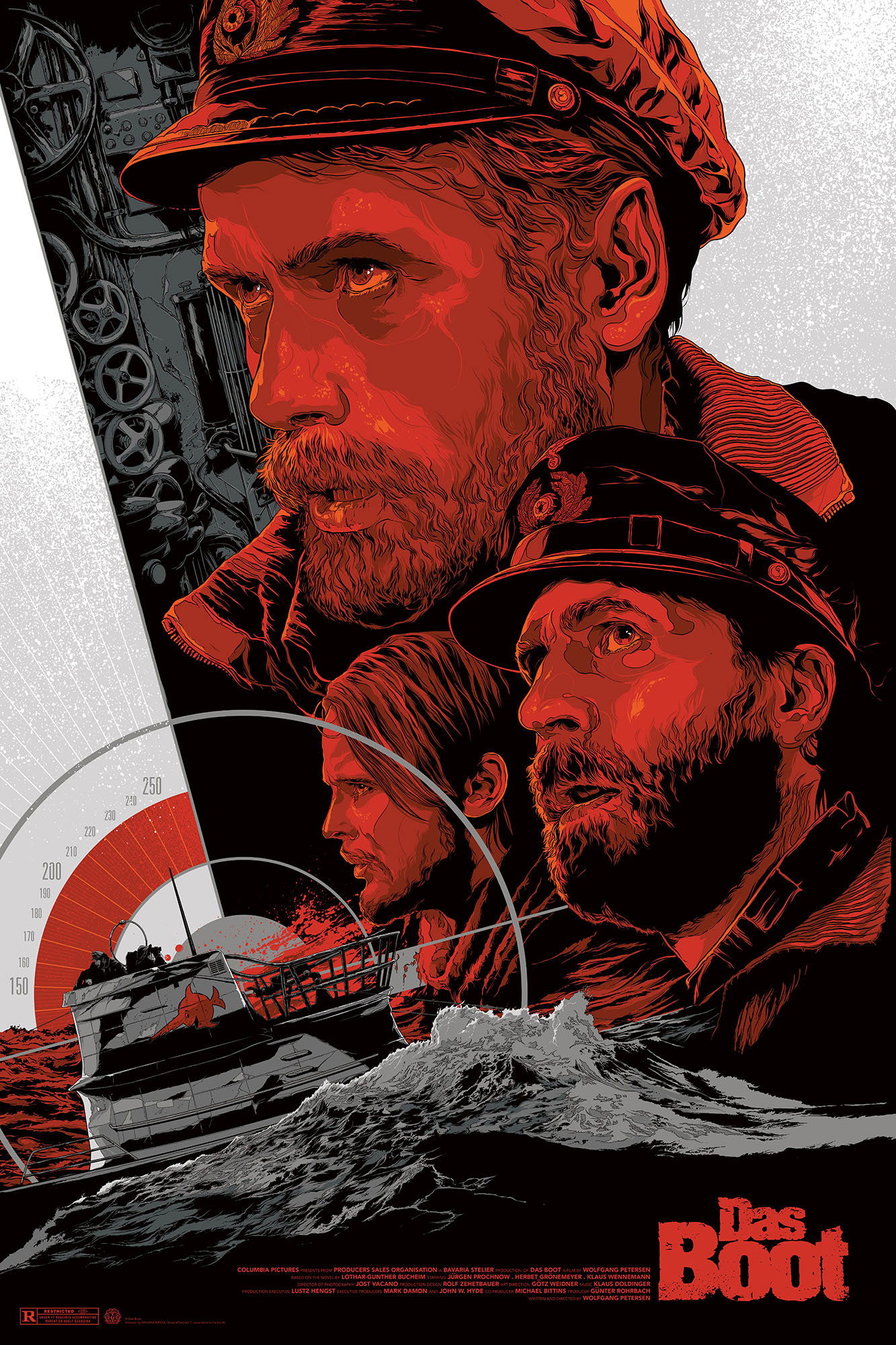 Radiant Film GmbH
Radiant Film GmbHDirected by Wolfgang Petersen, this German production chronicles a U boat mission during World War II and takes place almost entirely inside the submarine’s cramped compartments. The team constructed a full scale interior on a gimbal to simulate pitch and roll, which allowed long takes through tight corridors. The cinematography uses handheld work to capture movement along ladders, bunks, and torpedo rooms.
The film exists in multiple cuts, including a theatrical version, a longer television miniseries, and a later director’s cut. Production recorded dialogue in German with careful ADR to deal with machinery noise, and the sound design emphasizes creaks, pressure groans, and flooding alarms. The release gained international attention and secured nominations in several technical and craft categories.
’12 Angry Men’ (1957)
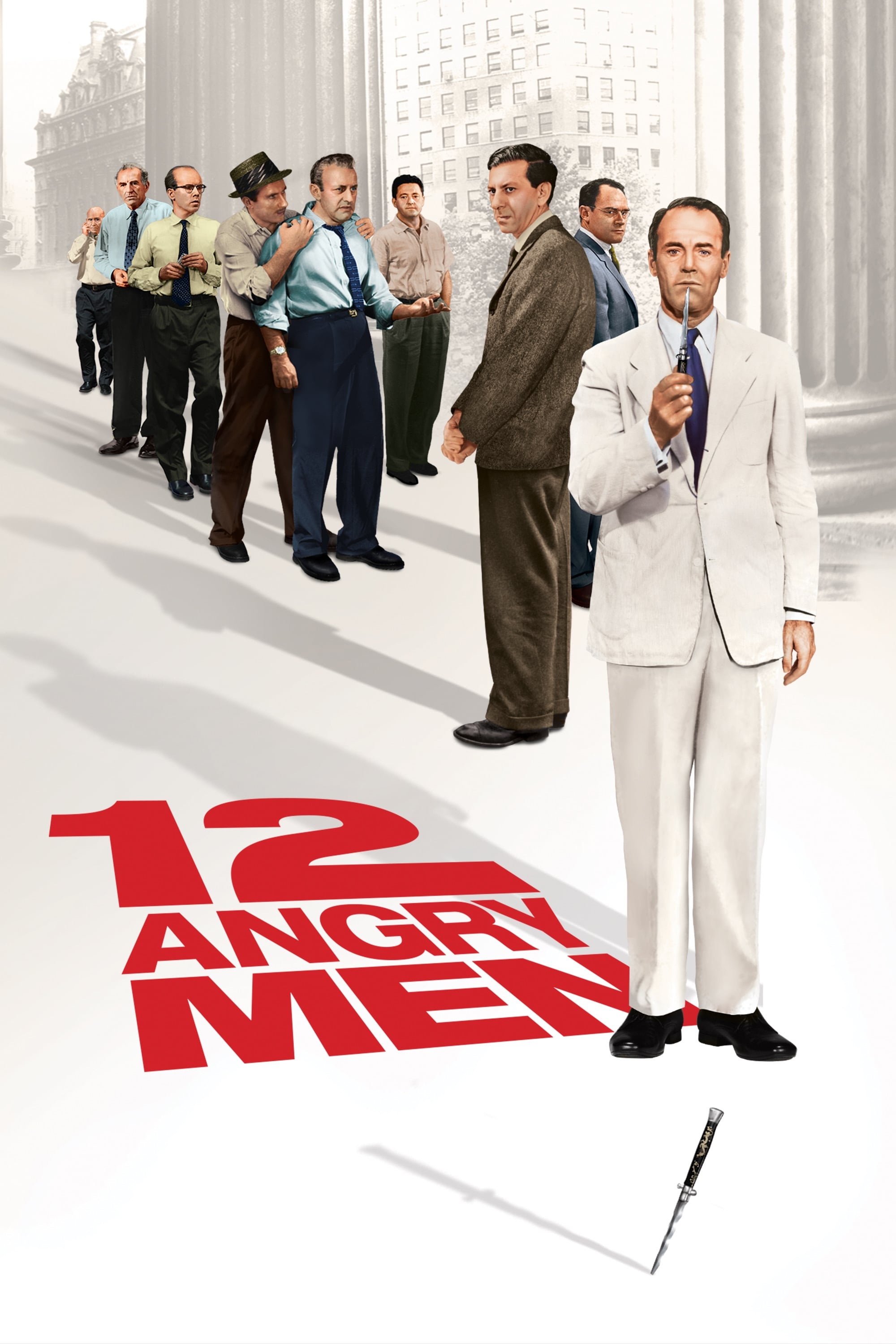 United Artists
United ArtistsSidney Lumet’s feature debut confines almost all of its action to a jury room during a homicide deliberation. The production employed a gradual lens and height strategy, starting wider and slightly higher, then moving to longer lenses and lower camera positions to make the room feel smaller across the runtime. The ensemble includes Henry Fonda, Lee J. Cobb, and E. G. Marshall, and the script originated from a teleplay.
Filming took place in New York, where Lumet rehearsed extensively to block overlapping dialogue and precise moves around the table. Lighting shifted over the day to sell heat and fatigue, and the prop department tracked sweat, jackets, and chair locations for continuity. The movie’s set design uses frosted windows and a single adjoining bathroom to maintain a closed layout.
‘Panic Room’ (2002)
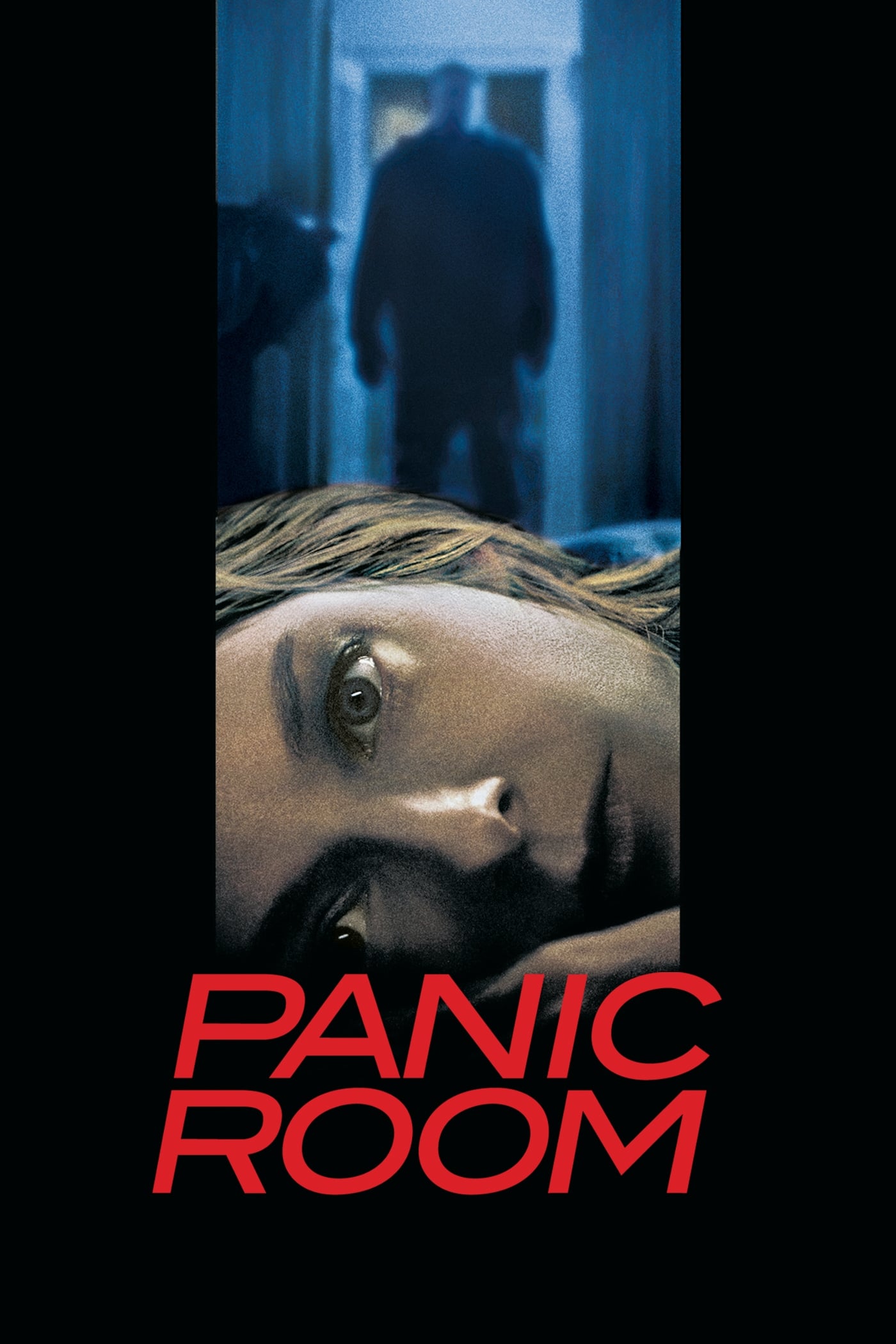 Columbia Pictures
Columbia PicturesDavid Fincher directs this home invasion story set mainly inside a fortified safe room and a multi level Manhattan townhouse. The crew built a full interior on soundstages in Los Angeles with movable walls and ceilings, which allowed the camera to travel through floors and along complex paths. The principals include Jodie Foster, Kristen Stewart, Forest Whitaker, and Jared Leto.
The production uses digital stitching to create shots that glide between spaces, while practical effects handled door rams, gas, and lighting failures. Sound design tracks intercom chatter and the hum of ventilation to emphasize separation between rooms. The film opened in wide release in the spring and holds a concise two hour runtime.
‘Alien’ (1979)
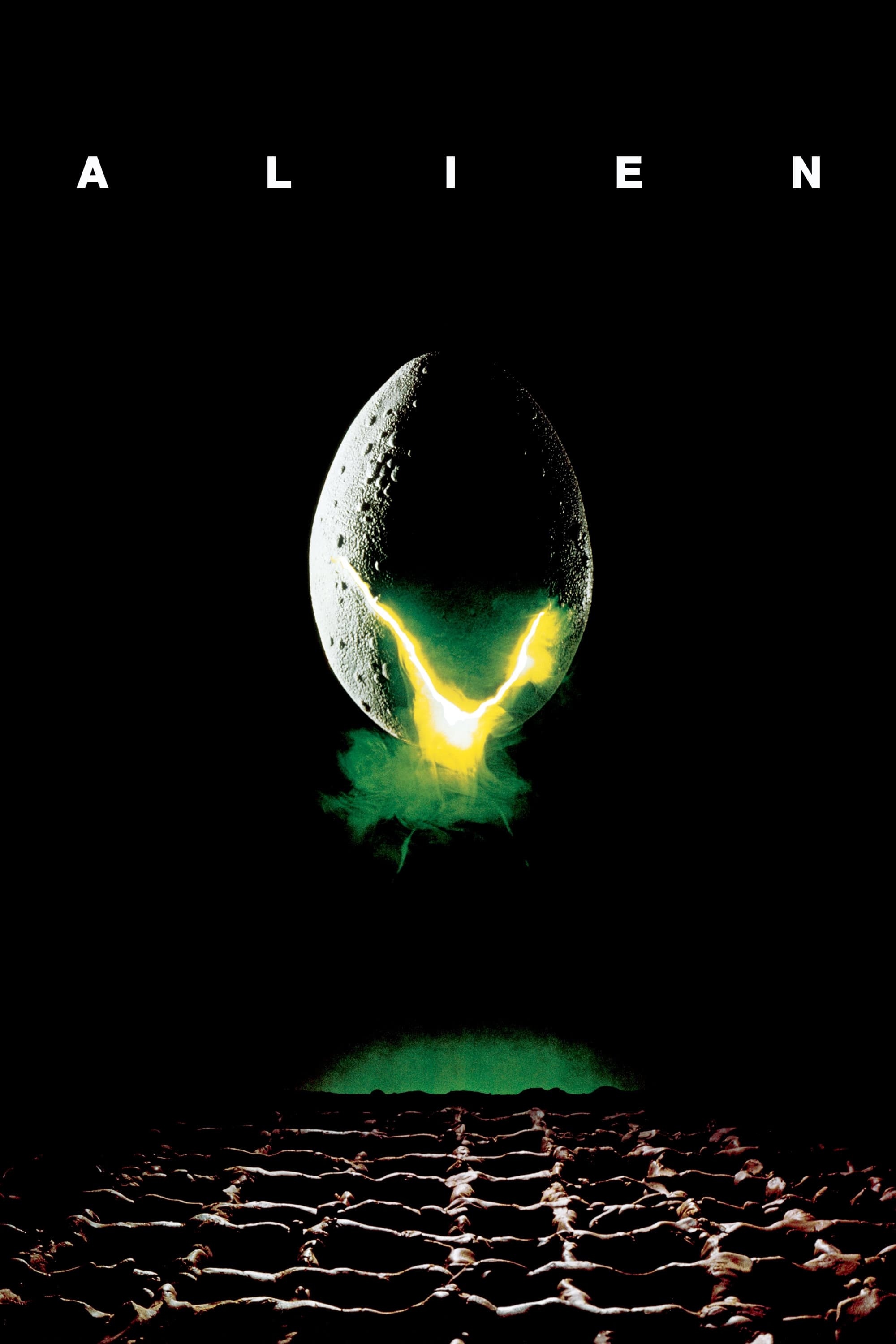 Brandywine Productions
Brandywine ProductionsRidley Scott’s science fiction feature is set aboard the commercial towing vessel Nostromo and restricts action to corridors, air shafts, and chambers. The art department built large, detailed sets at Shepperton Studios with a focus on industrial textures, and the creature effects combined suits, puppetry, and atmospheric smoke. The cast includes Sigourney Weaver, Tom Skerritt, Veronica Cartwright, Harry Dean Stanton, Yaphet Kotto, Ian Holm, and John Hurt.
Principal photography took place in England, with sound recorded on set and later enhanced to emphasize ship rumble, steam, and alarms. The film’s runtime is just under two hours, and a later director’s cut adjusted pacing and scene order. The release strategy included a strong theatrical rollout that led to franchise growth across sequels and licensed media.
‘Lifeboat’ (1944)
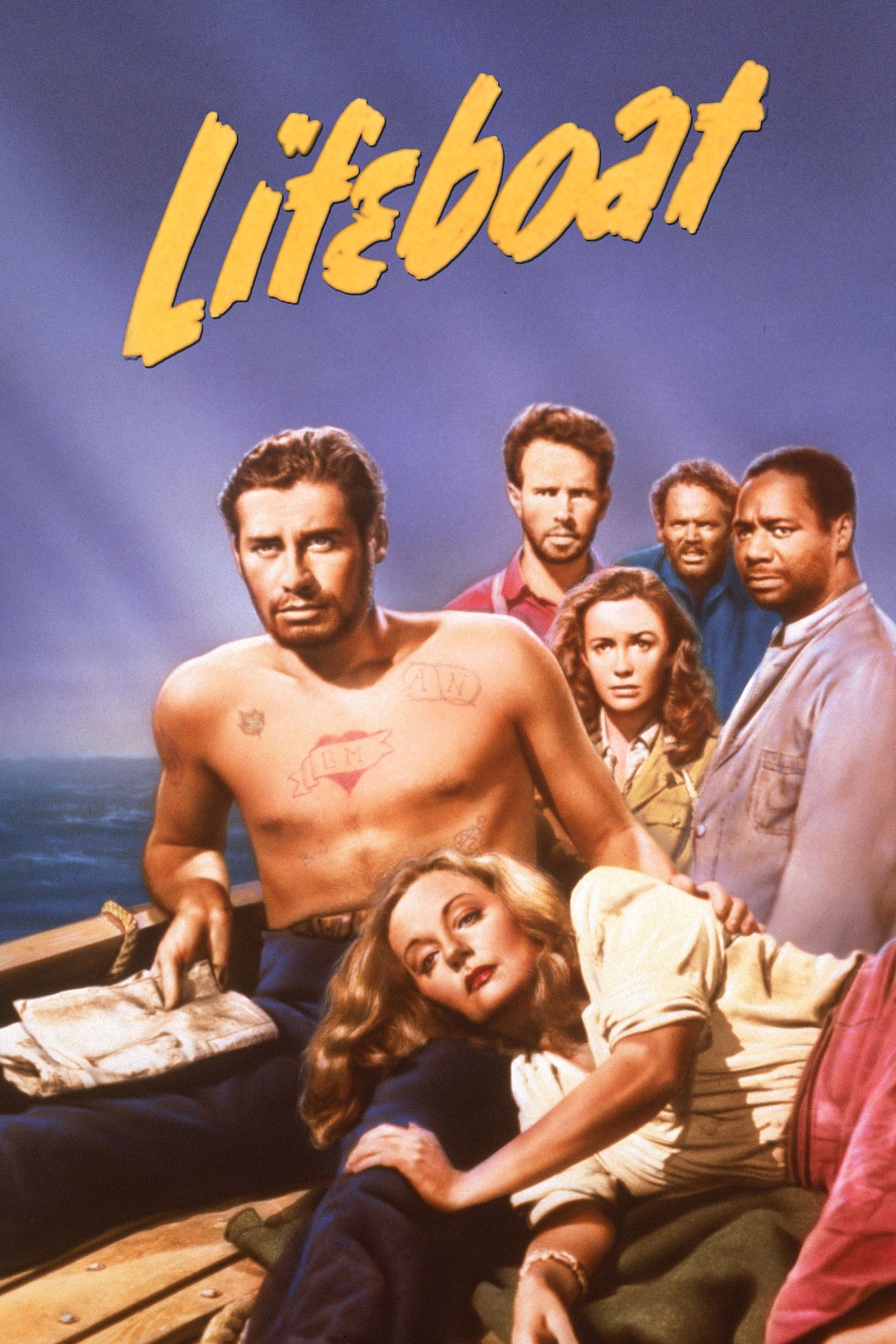 20th Century Fox
20th Century FoxDirected by Alfred Hitchcock from a story by John Steinbeck, this film takes place entirely on a single lifeboat after a ship is torpedoed. Production constructed a large tank set on the Fox lot and used rear projection to place storm skies and ocean backdrops. The narrative tracks passengers with different backgrounds as they manage rations, navigation, and repairs.
The cast includes Tallulah Bankhead, William Bendix, and Walter Slezak. Hitchcock’s trademark cameo appears in a newspaper weight loss advertisement shown on the boat. The crew controlled water slosh and wind with mechanical rigs, and costume continuity tracked wetness and sun damage over the story’s timeline. The film runs about 97 minutes.
‘The Descent’ (2005)
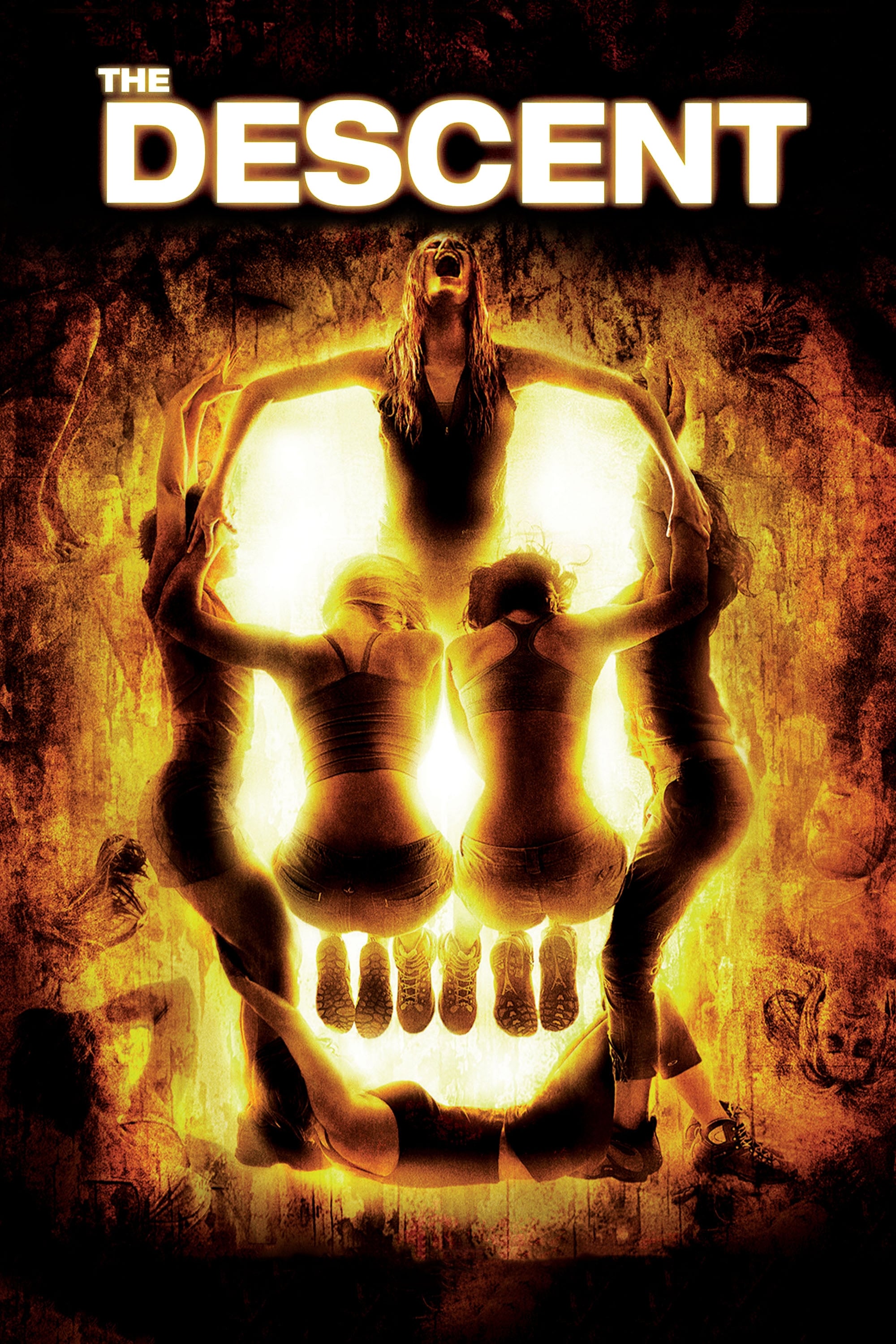 Celador Films
Celador FilmsNeil Marshall’s UK feature follows a group of cavers who enter an uncharted system and become trapped underground. Sets were built in the United Kingdom to reproduce limestone tunnels, squeeze passages, and chambers, which protected the production from real cave hazards. The film used low level practical lighting sources on helmets and torches, captured with fast lenses to keep the look consistent.
The cast trained in confined movement and rope work, and the makeup team handled grime, cuts, and blood continuity across extended shooting days. There are two principal endings released in different regions, which alters the final minutes. The runtime is about 99 minutes and the movie used a festival circuit before broader distribution.
‘127 Hours’ (2010)
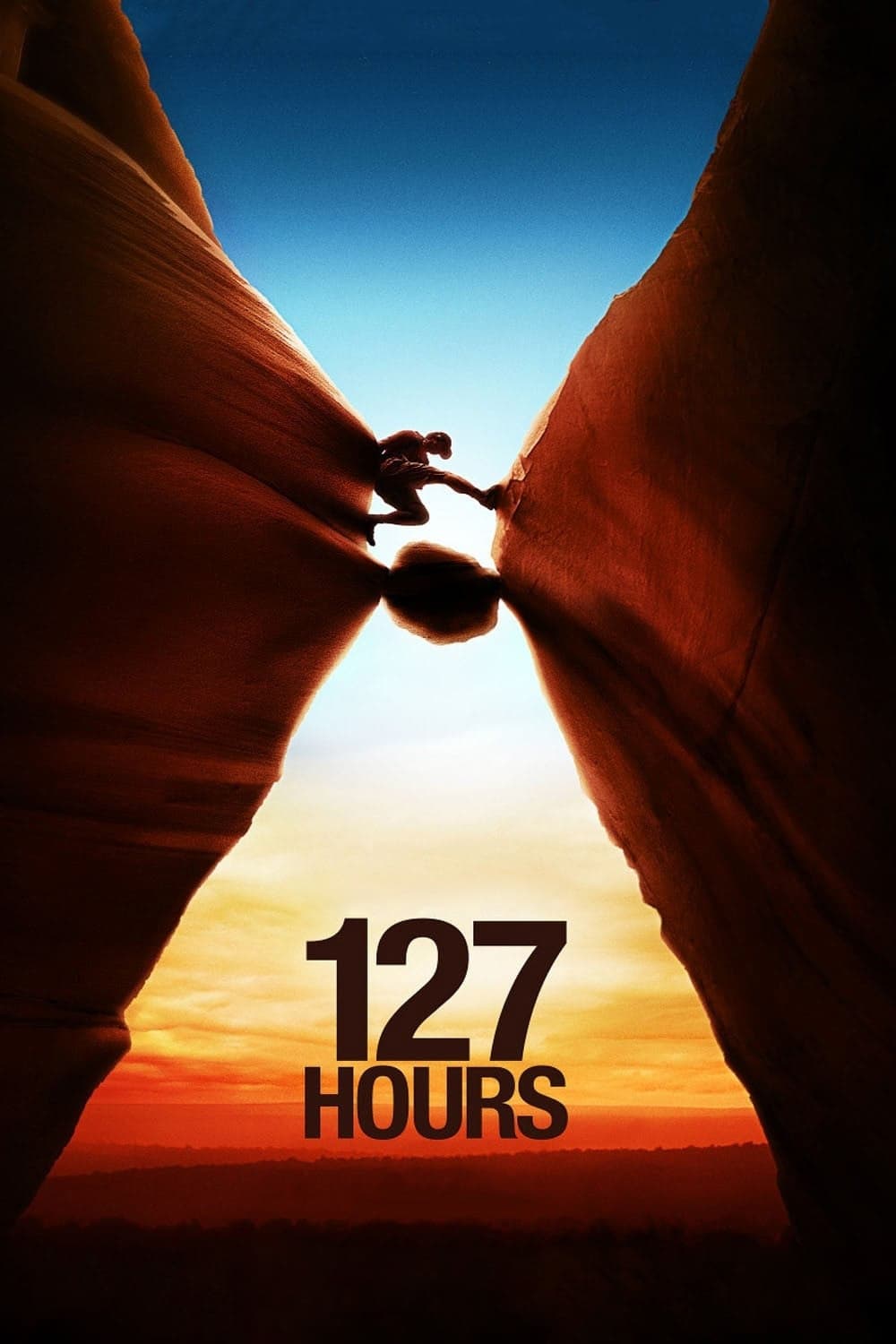 Fox Searchlight Pictures
Fox Searchlight PicturesDanny Boyle directs this adaptation of Aron Ralston’s memoir, focusing on a canyoneer pinned by a boulder in Utah. The film recreates Bluejohn Canyon segments on sets to allow safe camera placement around a narrow slot, while also using location footage for exteriors. The lead role is played by James Franco, and the soundtrack includes a mix of score and curated tracks.
Production used multiple cameras to capture small movements around the trapped arm, and the editing shifts between present time and memory sequences to document the incident’s timeline. The movie premiered at major festivals, then expanded in stages through a limited to wide release plan. The runtime is about 94 minutes.
‘Exam’ (2009)
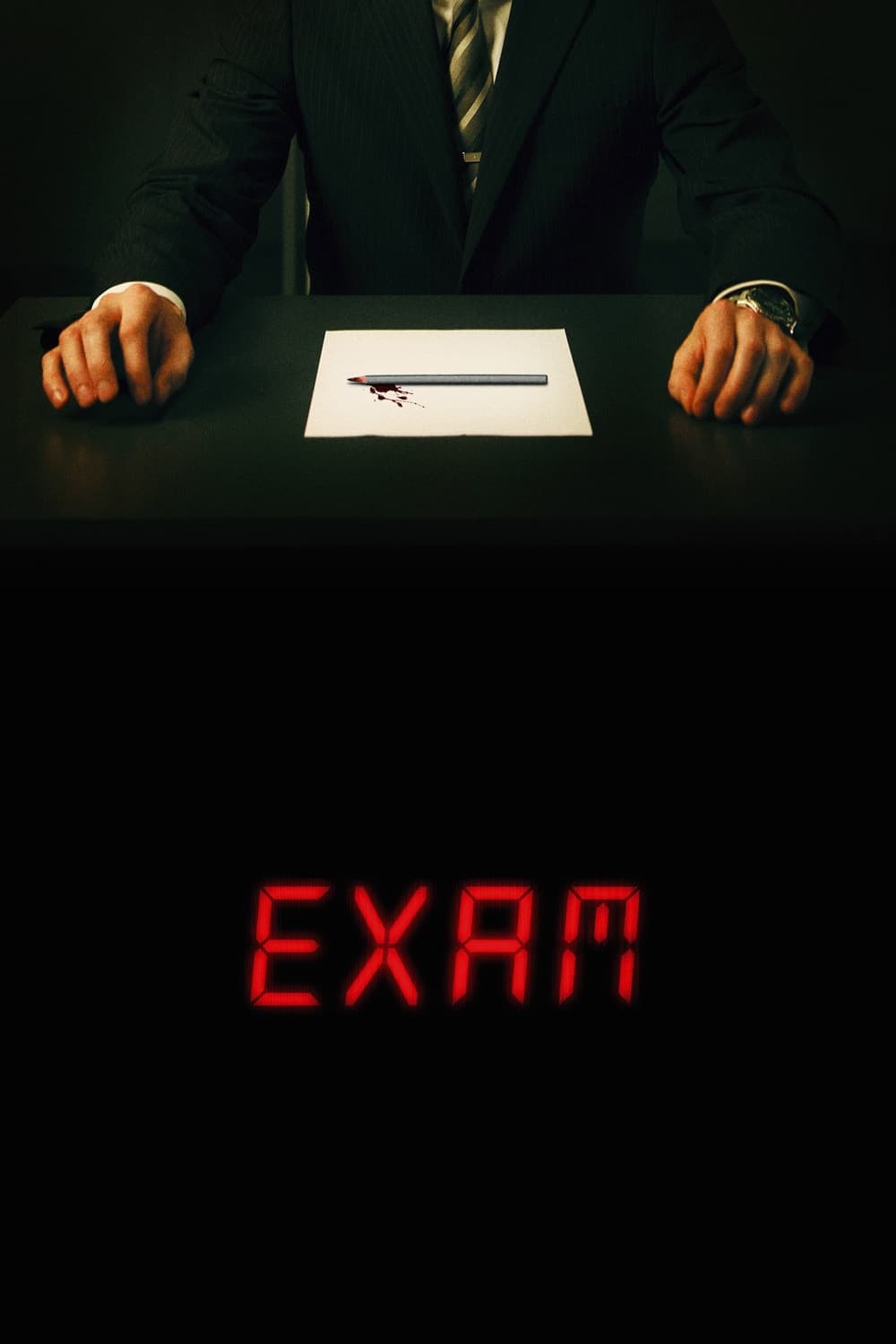 Bedlam Productions
Bedlam ProductionsWritten and directed by Stuart Hazeldine, this UK thriller places candidates in a single room for a timed corporate test with strict rules. The set is a minimalist space with controlled lighting that changes at key intervals, and the camera coverage uses consistent axes to keep the geography stable. Dialogue tracks emphasize rule reading, questions, and attempts to decode the assignment.
Principal photography took place in London with a short schedule and a small ensemble cast. The film’s structure marks elapsed minutes on screen, and prop departments created multiple versions of paper sheets and pens to manage resets. Distribution followed a limited release path with subsequent home media availability.
‘Circle’ (2015)
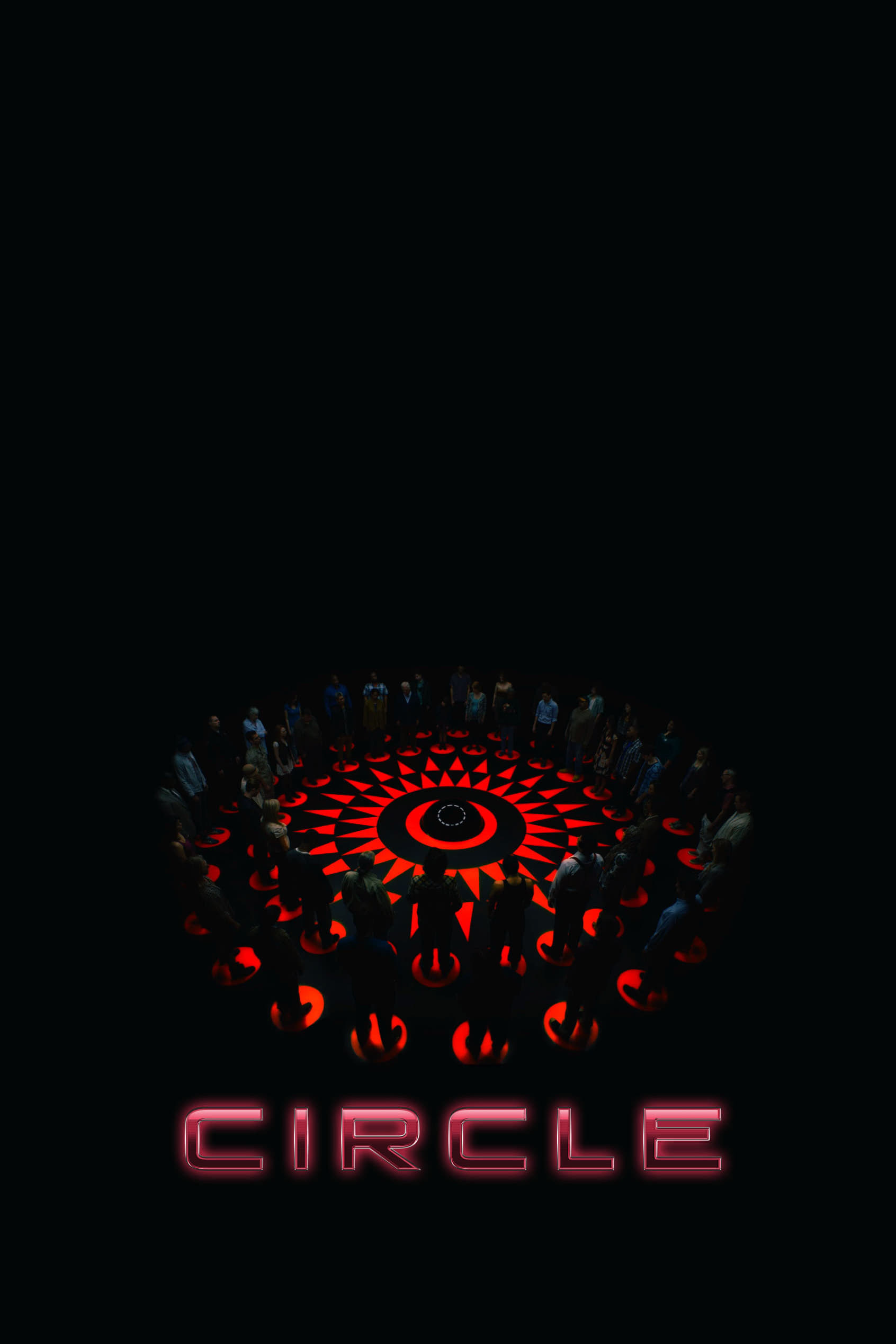 Votiv Films
Votiv FilmsThis independent feature by Aaron Hann and Mario Miscione places fifty strangers in a circular room where someone is eliminated at fixed intervals. It was shot in Los Angeles on a single set with floor marks indicating positions, which helped continuity across many dialogue exchanges. The camera rotates through groups to show alliances and votes, and the timeline is tracked by the interval spacing.
The cast includes mostly newcomers and character actors, and the production recorded multiple takes of the same beats to capture coverage without breaking spatial rules. Post production used simple composites for the floor effect and for the final moments. The film premiered at festivals and then moved to streaming and video on demand platforms.
‘Green Room’ (2015)
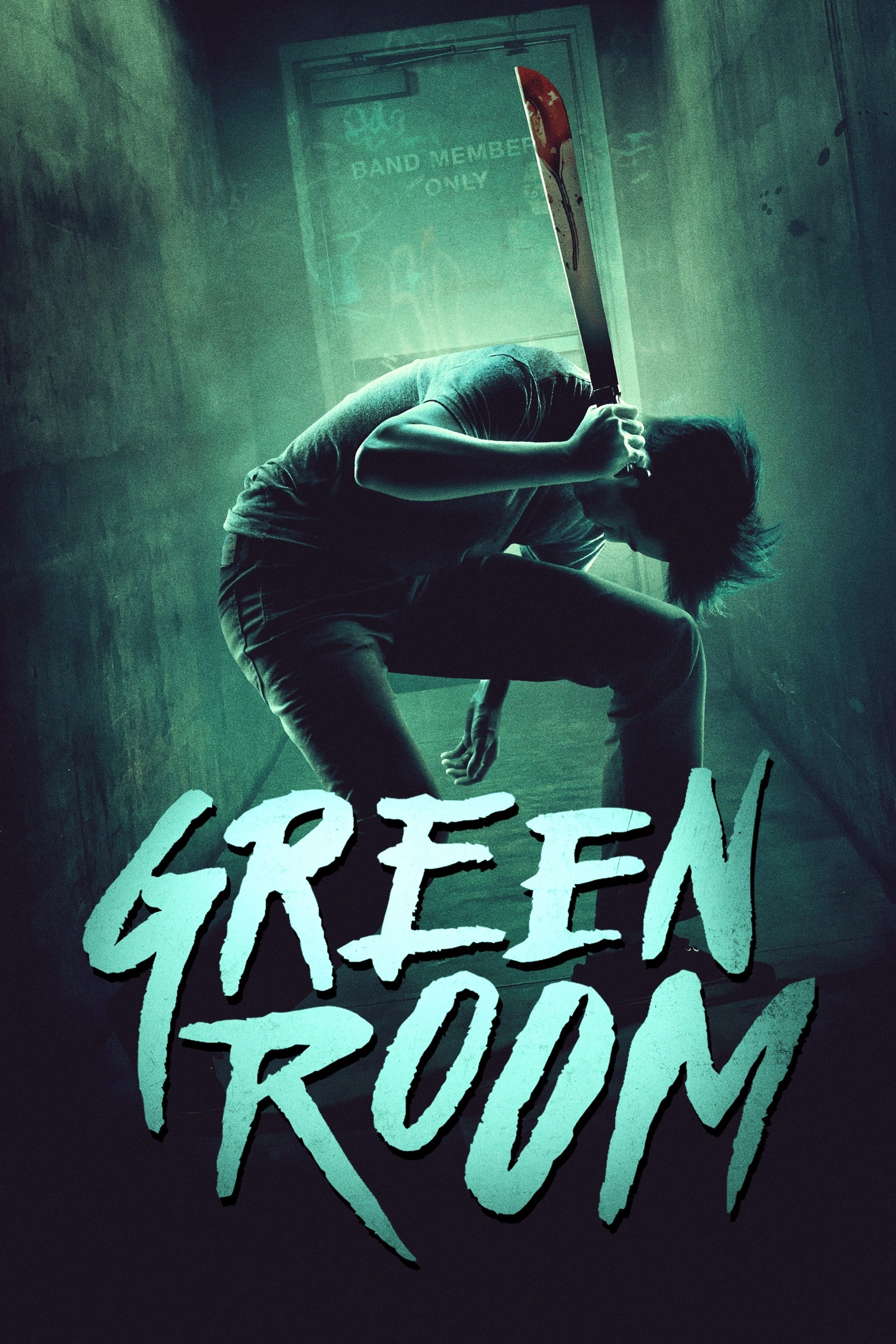 filmscience
filmscienceJeremy Saulnier’s film is set in a rural venue where a touring band ends up locked inside a backstage space after witnessing a crime. The production built interiors in Oregon and used practical effects for wounds and door damage. The cast features Anton Yelchin, Imogen Poots, Alia Shawkat, Joe Cole, Callum Turner, and Patrick Stewart.
The story tracks attempts to exit through halls, floor vents, and windows, with geography mapped through repeated shots of the club layout. Sound design layers crowd noise, generator hum, and feedback to convey the building’s structure. The movie premiered at Cannes in the Directors’ Fortnight section before a limited theatrical run.
‘Room’ (2015)
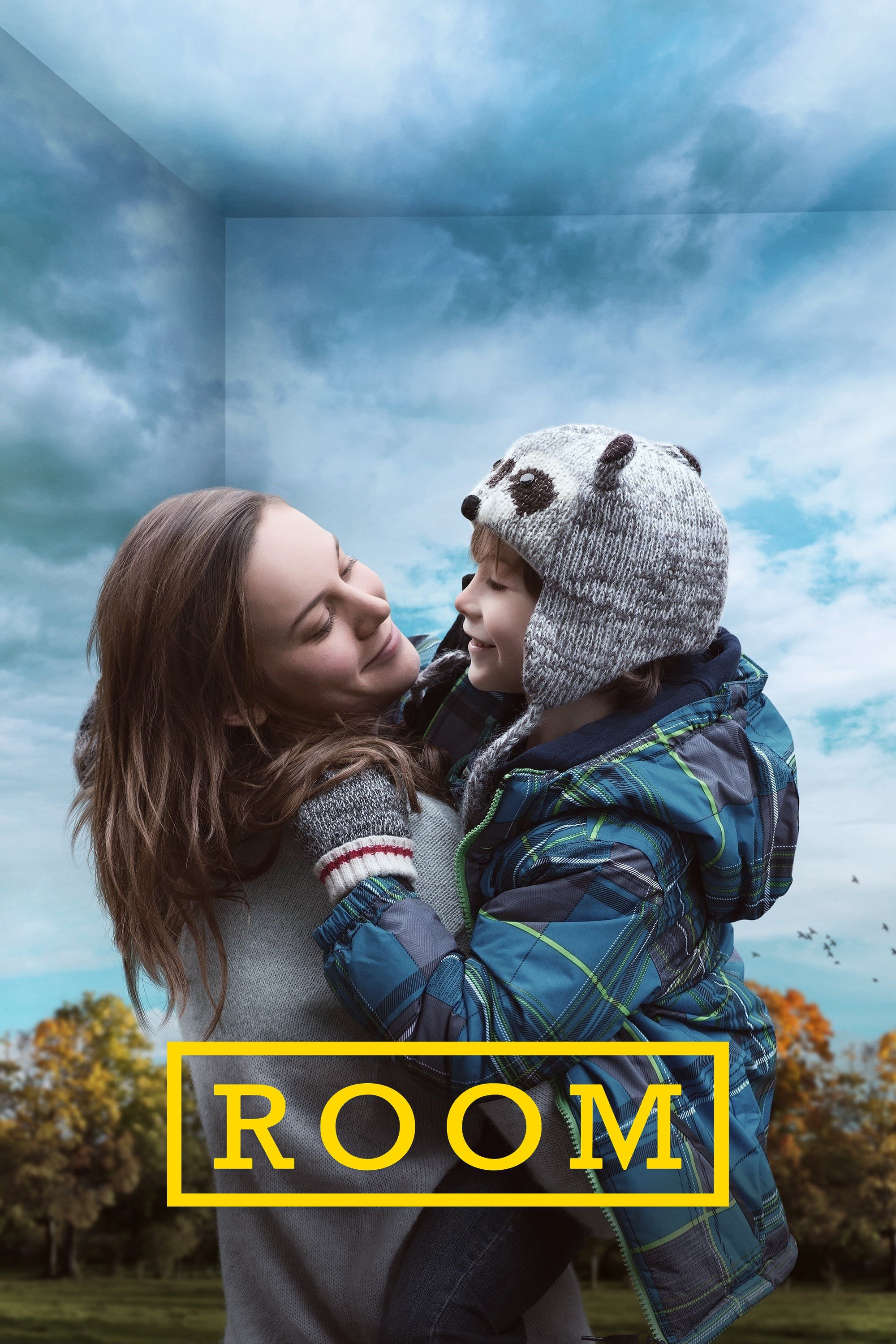 Téléfilm Canada
Téléfilm CanadaDirected by Lenny Abrahamson and adapted from Emma Donoghue’s novel, this film begins inside a small garden shed where a mother and child live in captivity. The production designed a modular set with removable panels to allow the camera to move without breaking the sense of enclosure. Brie Larson and Jacob Tremblay lead the cast, with supporting roles for Joan Allen and William H. Macy.
Filming took place in Canada, with careful scheduling around a child performer’s working hours. The runtime is just under two hours, and the release plan moved from festivals to limited and then wider distribution. The movie received recognition for performances and adaptation work, with awards attention in several regions.
‘Oxygen’ (2021)
 Underbox
UnderboxAlexandre Aja directs this French language feature about a woman who wakes up in a medical cryo unit with failing systems. Production shot on a single pod set in France, using LED panels and practical monitors to display diagnostics and video calls. Mélanie Laurent plays the lead role, with Mathieu Amalric providing voice work for the onboard AI.
The film was released globally on a major streaming platform, with localized subtitles and dubs. The runtime is about 101 minutes, and the script uses system prompts, authorization codes, and memory recall as its main mechanics. The sound mix emphasizes breathing, alarms, and coolant lines to track the pod’s status.
‘Locke’ (2013)
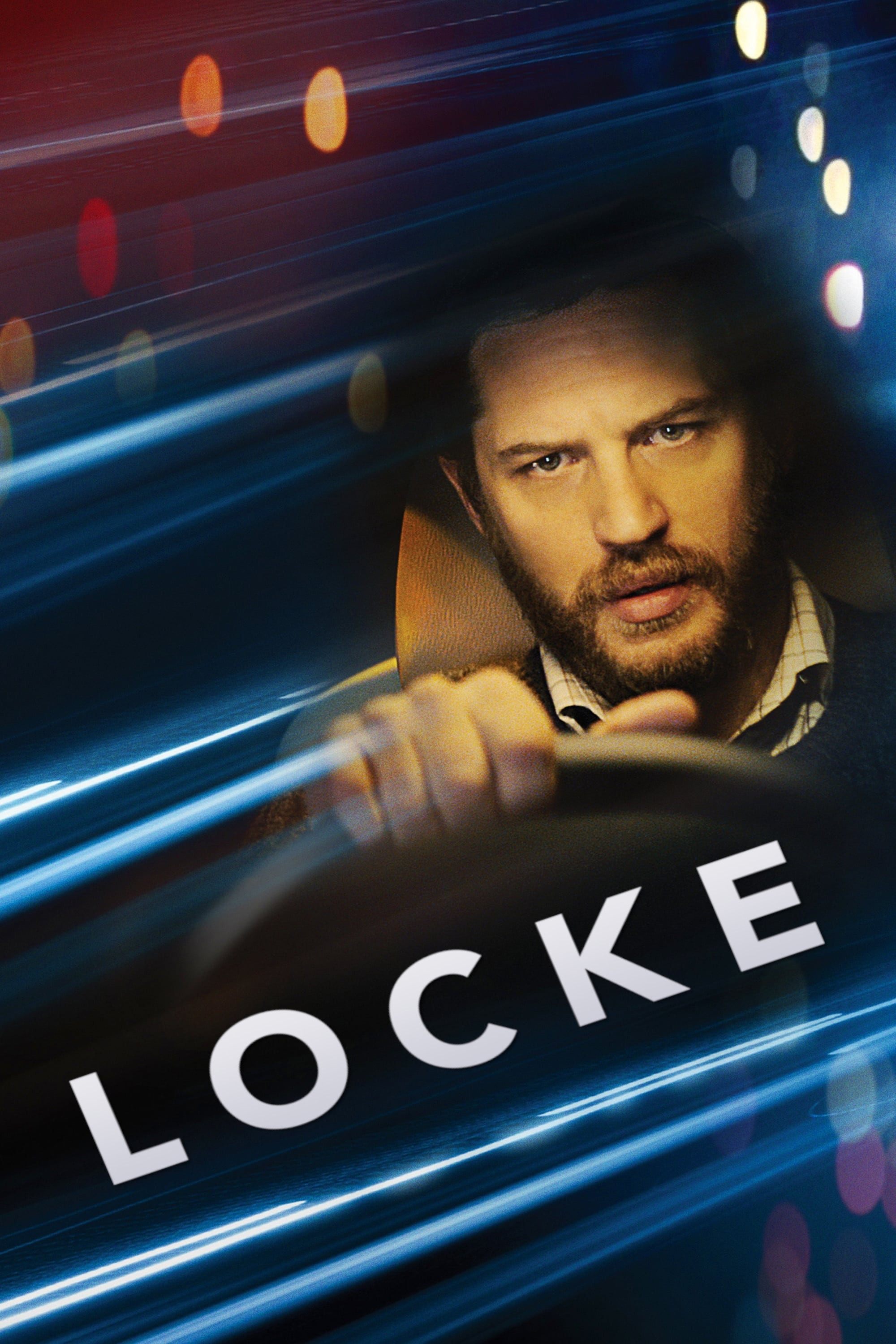 IM Global
IM GlobalWritten and directed by Steven Knight, this UK film follows a construction manager during a night drive from Birmingham to London. The action takes place almost entirely inside a moving car, with dialogue delivered through phone conversations. Tom Hardy is on screen for the full runtime, and the production recorded calls live to maintain timing and flow.
Shooting occurred over a series of nights on a flatbed rig with multiple cameras pointed into the vehicle. The team projected pre recorded road plates to control reflections on the glass. The film premiered at Venice and later opened in the United Kingdom and the United States with a limited rollout before home release.
‘Coherence’ (2013)
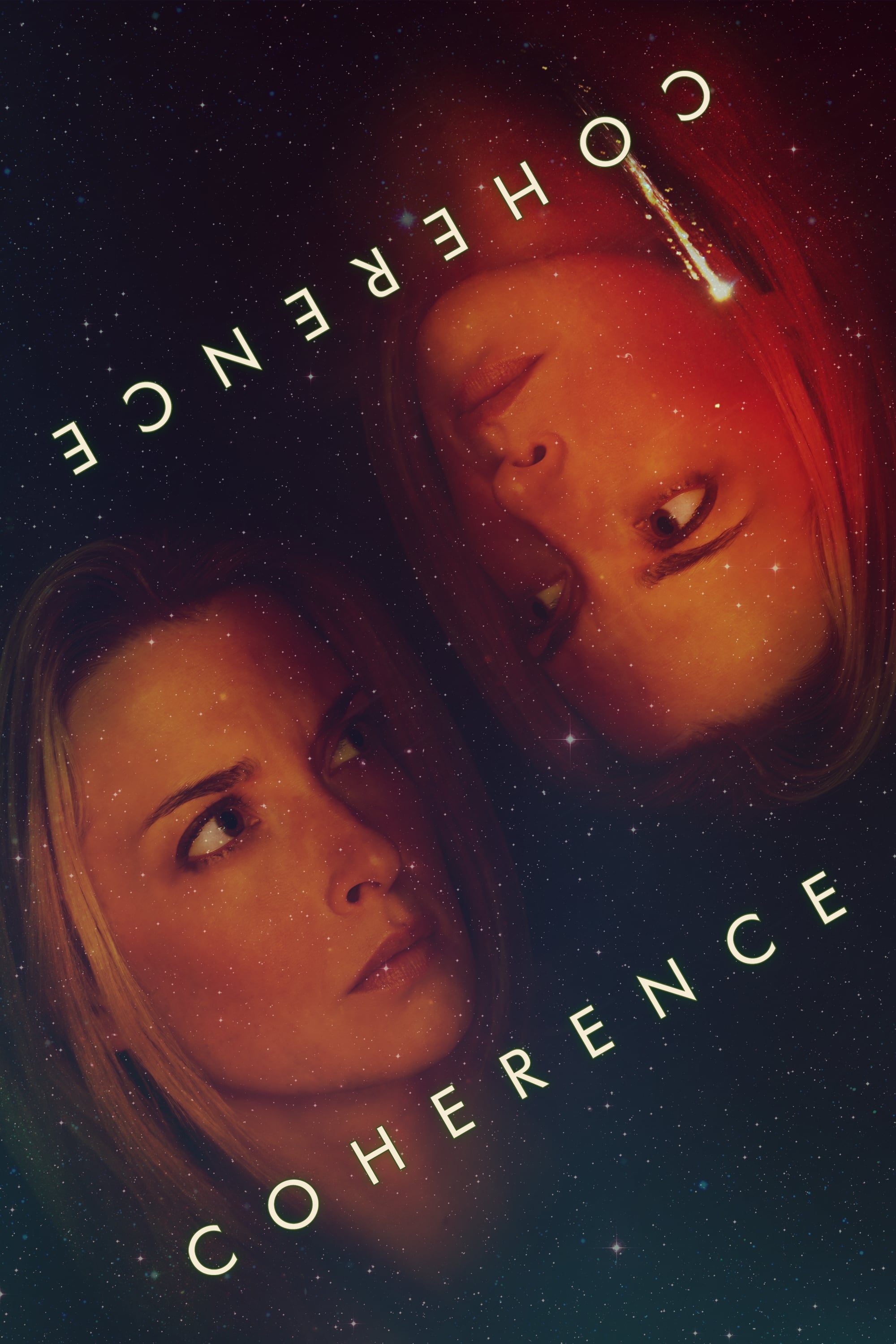 Bellanova Films
Bellanova FilmsJames Ward Byrkit’s microbudget feature is set in a single house during a dinner as a comet passes overhead and strange events occur. The production used a loose outline rather than a traditional script, prompting actors with note cards and capturing reactions with two cameras. The house location allowed for quick resets, and lighting was mostly practical to blend with the interior.
Post production organized the footage to track multiple versions of events, and props like numbered notes and glow sticks maintained continuity across scenes. Distribution began with festivals and then moved to streaming and home media. The runtime is around 89 minutes, and the shoot lasted a few evenings with a small crew.
‘The Platform’ (2019)
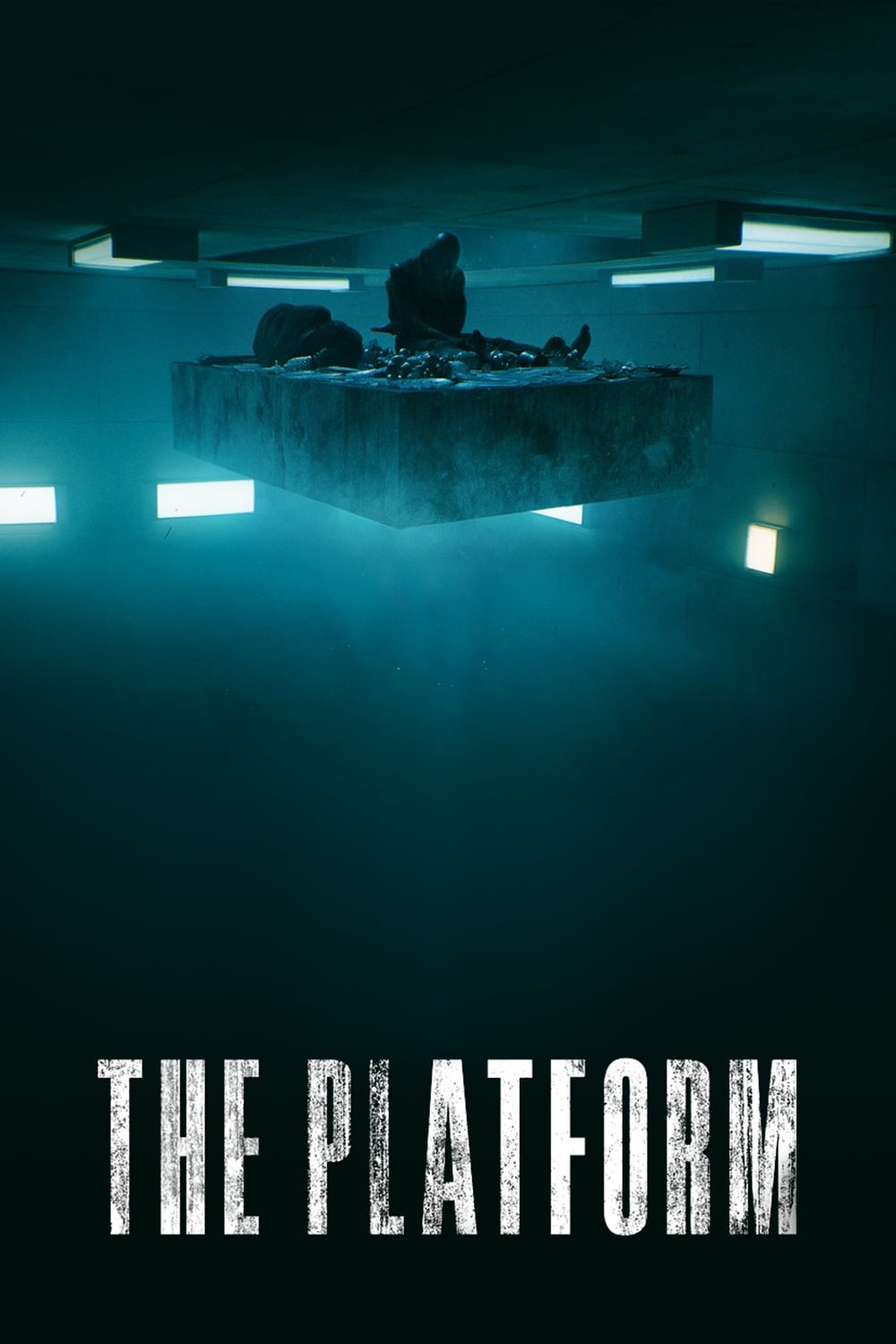 Basque Films
Basque FilmsThis Spanish film from director Galder Gaztelu Urrutia is set in a vertical prison where food descends level by level on a moving platform. Sets were built on stages in Bilbao to show a repeating concrete cell design, and the platform mechanism was achieved with a combination of practical rigging and visual effects. The cast performs in Spanish, and the film was released internationally with subtitles.
The production uses consistent framing to emphasize identical rooms, while wardrobe and makeup track the physical decline of occupants. The movie premiered at Toronto in the Midnight section, secured distribution through festivals, and later reached a wide streaming audience. The runtime is about 94 minutes.
‘The Guilty’ (2018)
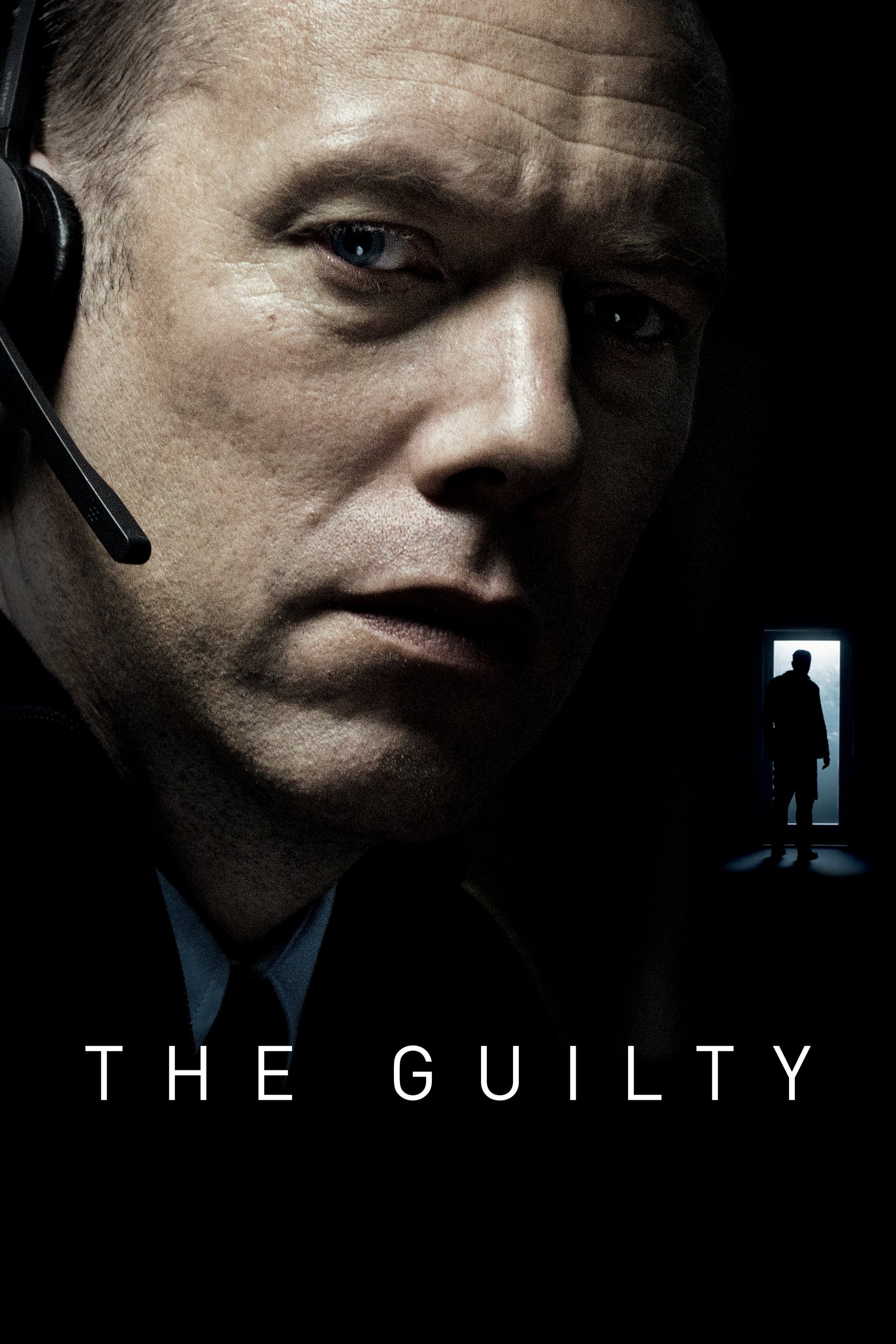 Nordisk Film Denmark
Nordisk Film DenmarkGustav Möller’s Danish film focuses on an emergency dispatcher who handles a kidnapping call from inside a call center. The production shot in Denmark using a minimal set with dim workstations and recorded many phone exchanges live with actors in separate rooms. Jakob Cedergren leads the cast, and the story plays out in near real time across a single shift.
The film runs about 88 minutes and was produced by Nordisk Film Spring with support from national film bodies. It premiered at Sundance, won audience awards at several festivals, and received an international release with subtitles. A separate American remake followed, which introduced the concept to a broader base.
‘Devil’ (2010)
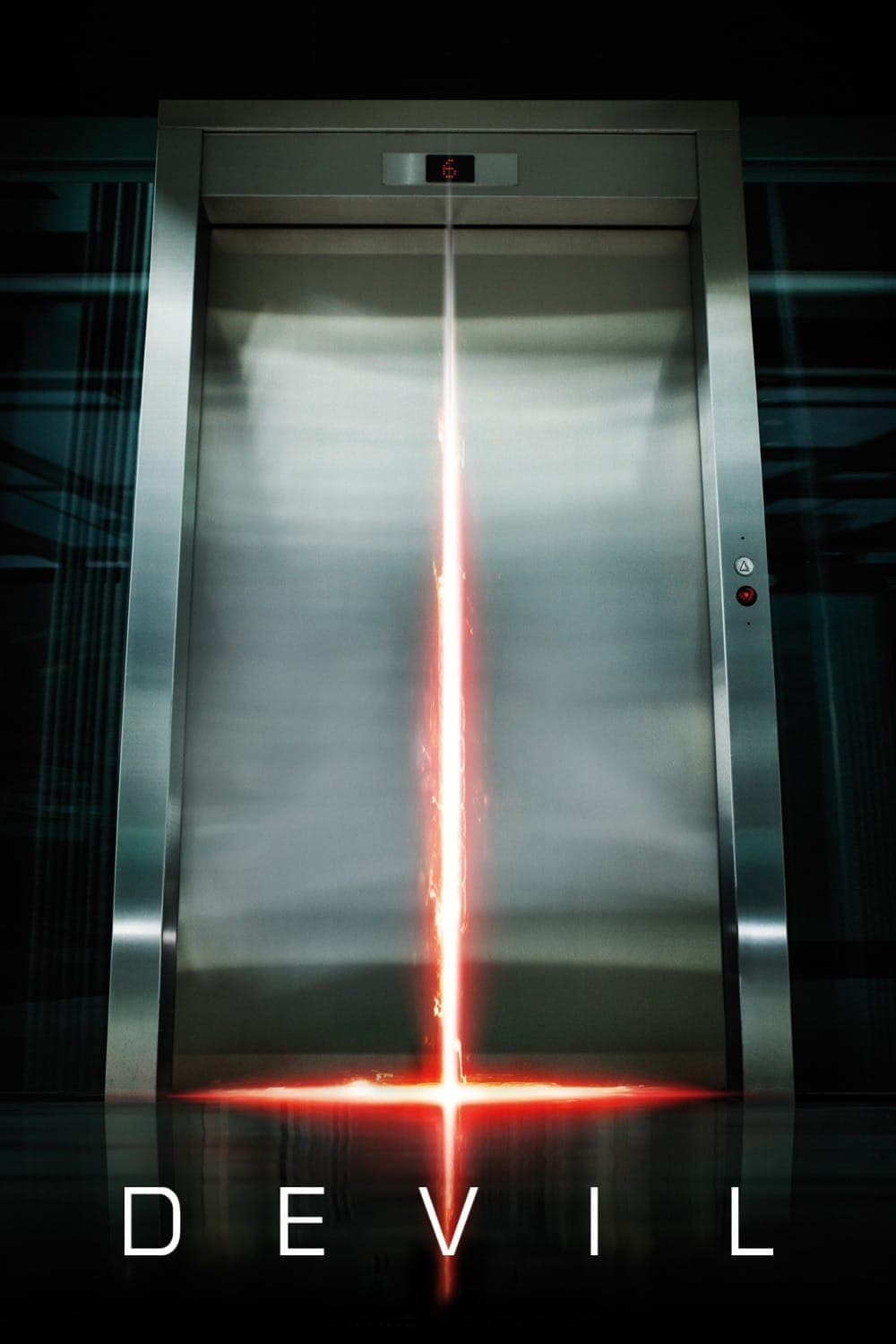 Universal Pictures
Universal PicturesDirected by John Erick Dowdle from a story by M. Night Shyamalan, this film confines characters to a stalled elevator in a Philadelphia high rise. The production built elevator interiors on stages to accommodate camera placement and stunt work, while exterior shots used a real building for establishing views. The ensemble cast includes Chris Messina, Logan Marshall Green, and Bojana Novakovic.
The runtime is about 80 minutes, and the movie is part of a planned series of thematically linked stories. The release used a late summer to early fall window with a wide number of screens. Sound and lighting cues track the elevator’s movement, power fluctuations, and security camera perspectives to maintain the single location concept.
Share your favorite tight space films in the comments and tell us which single location stories you think belong on this list.

.jpeg)
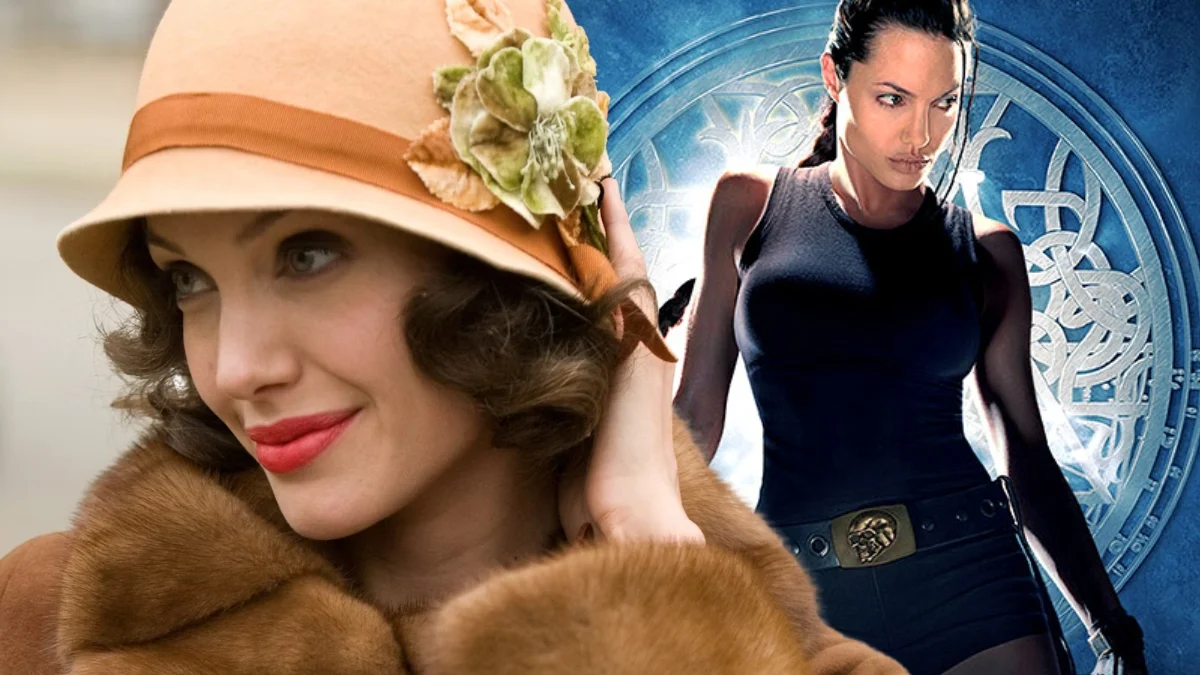
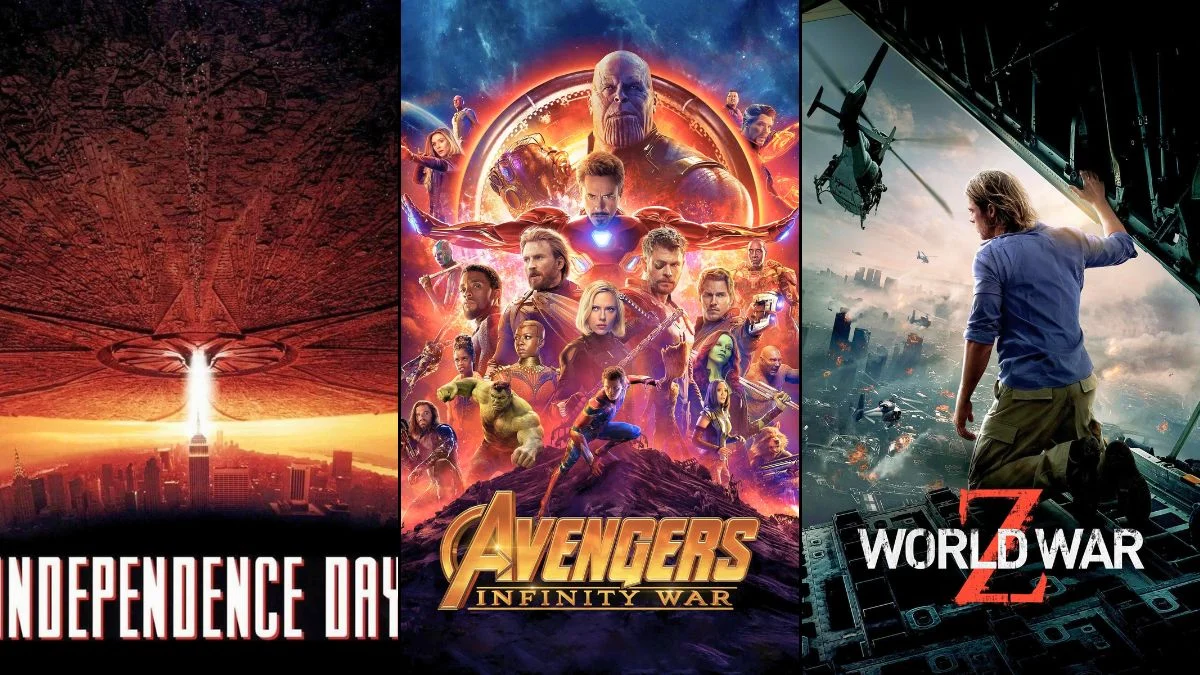



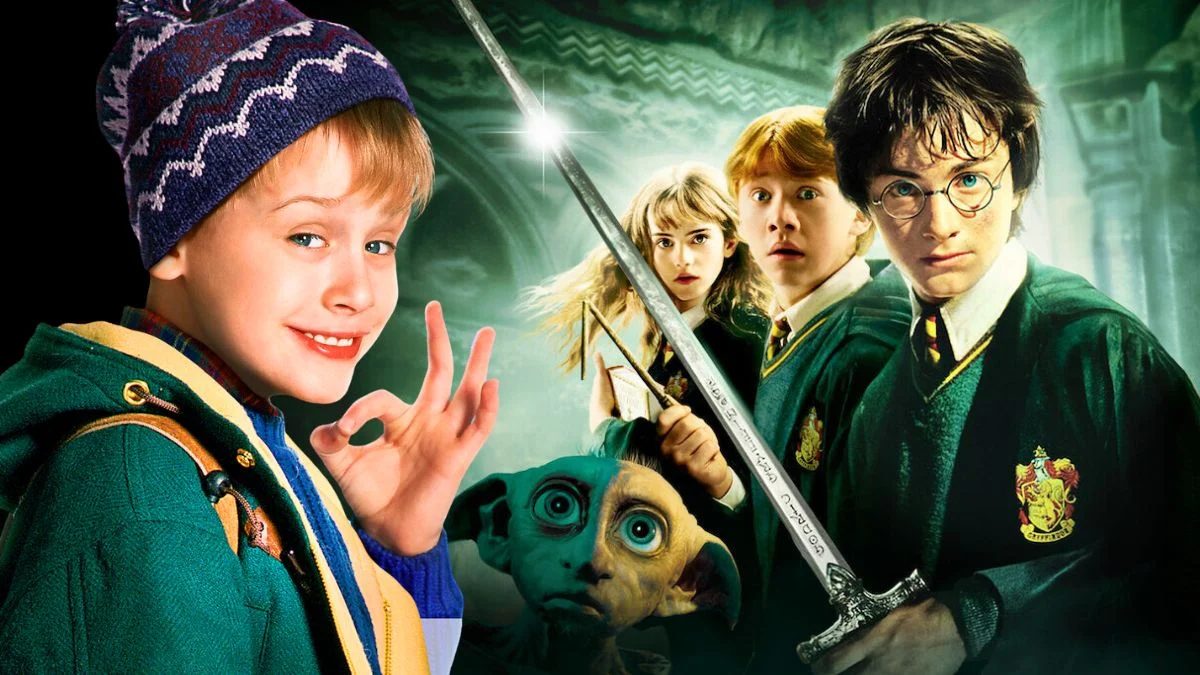
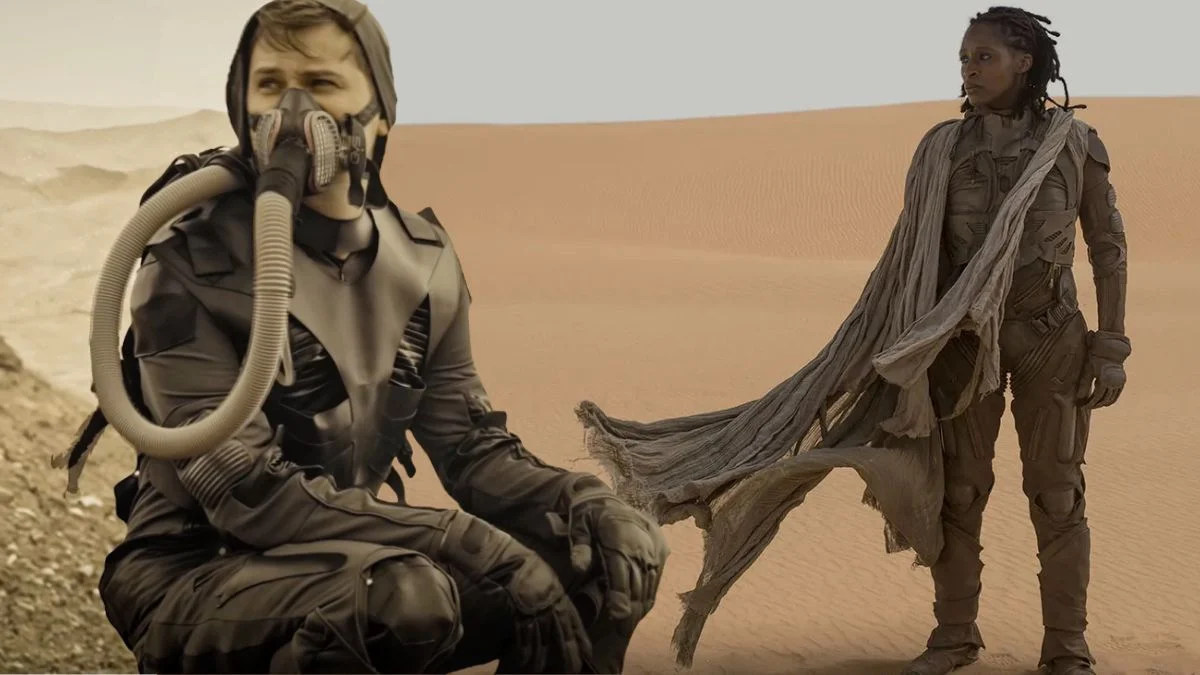
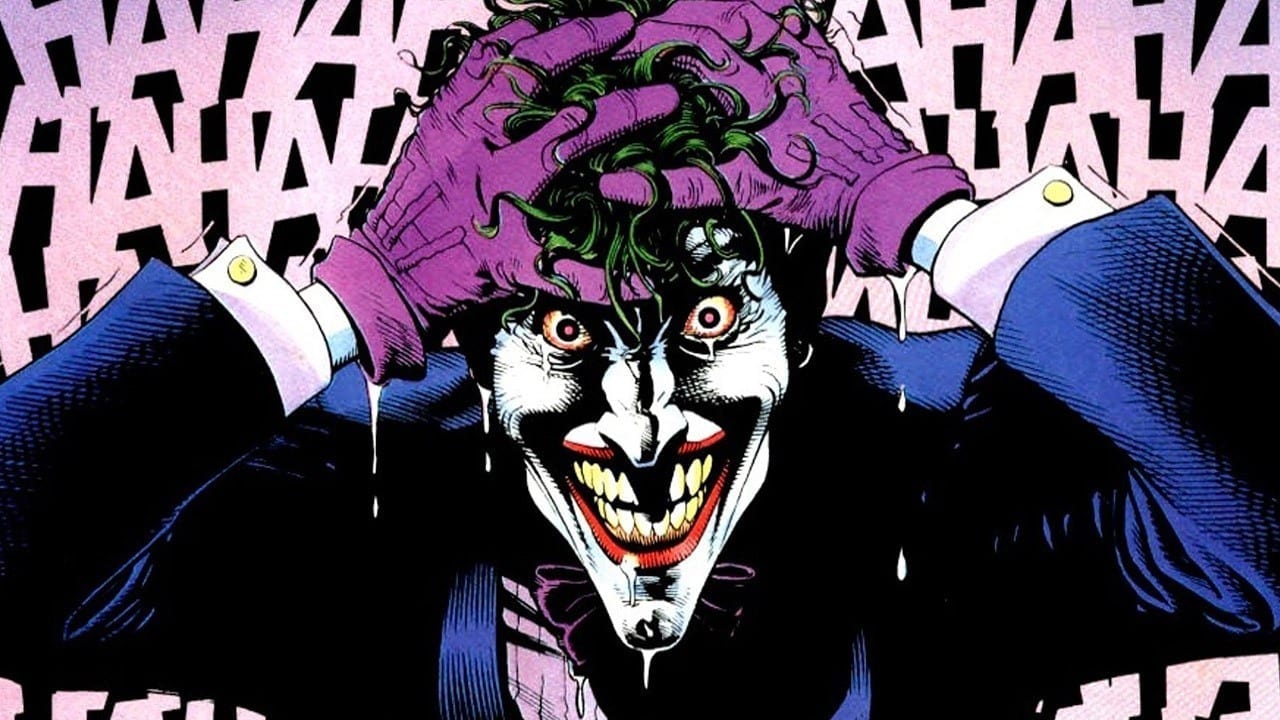
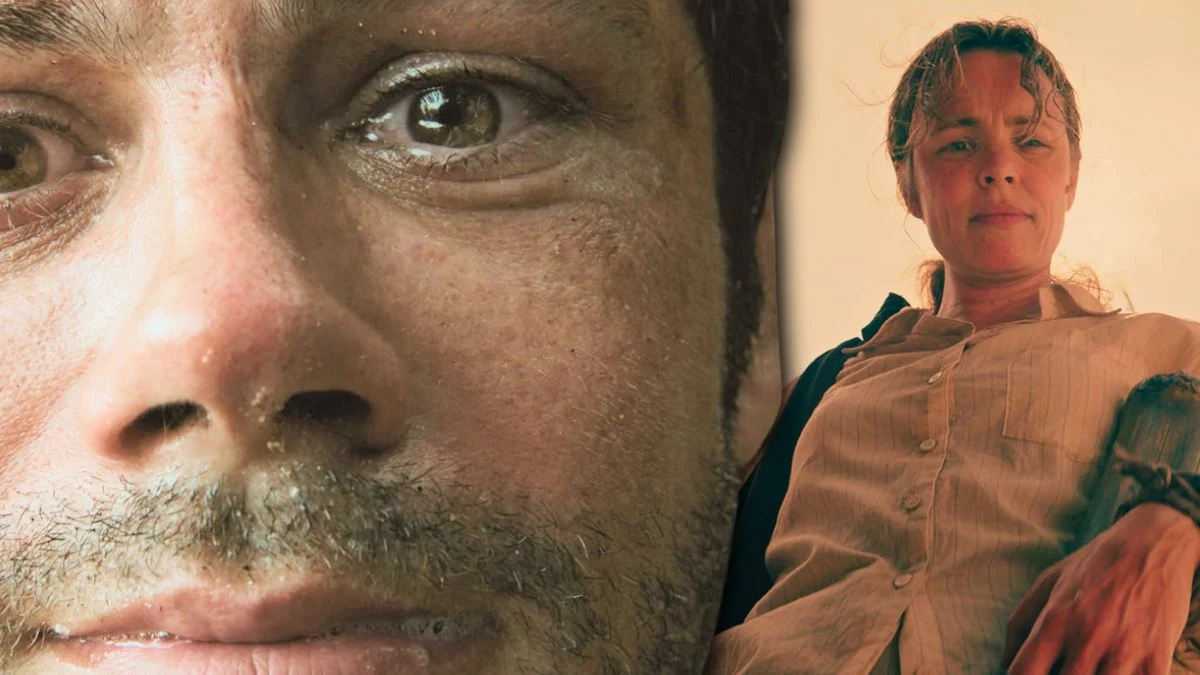

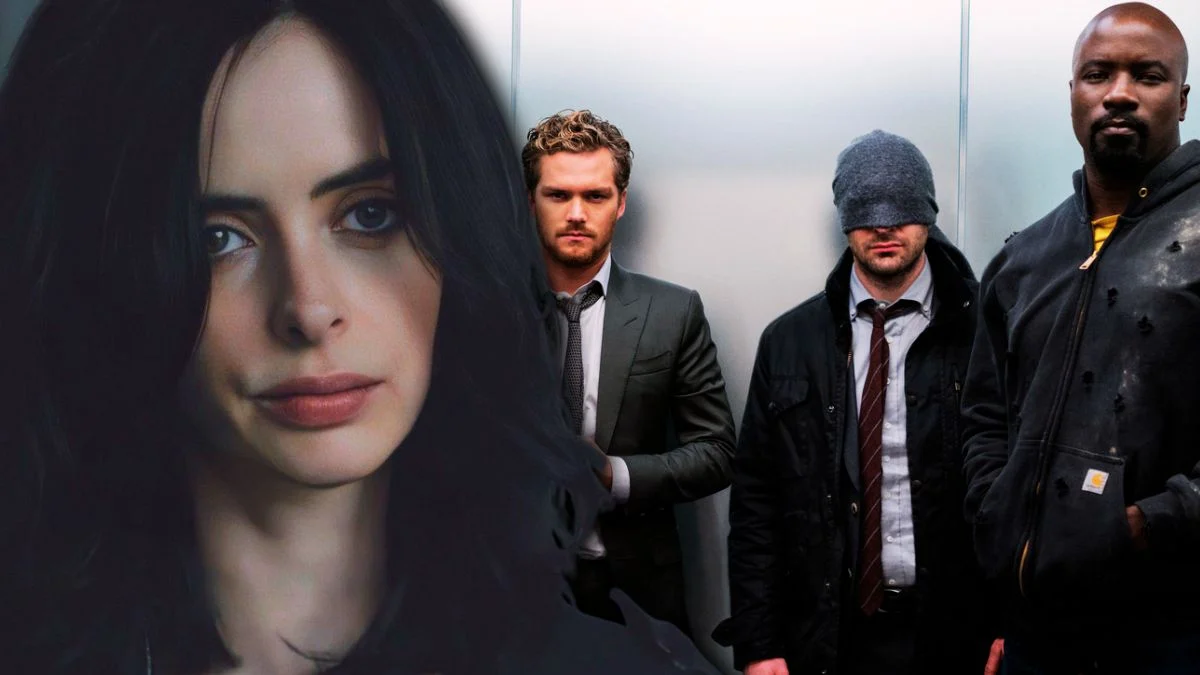

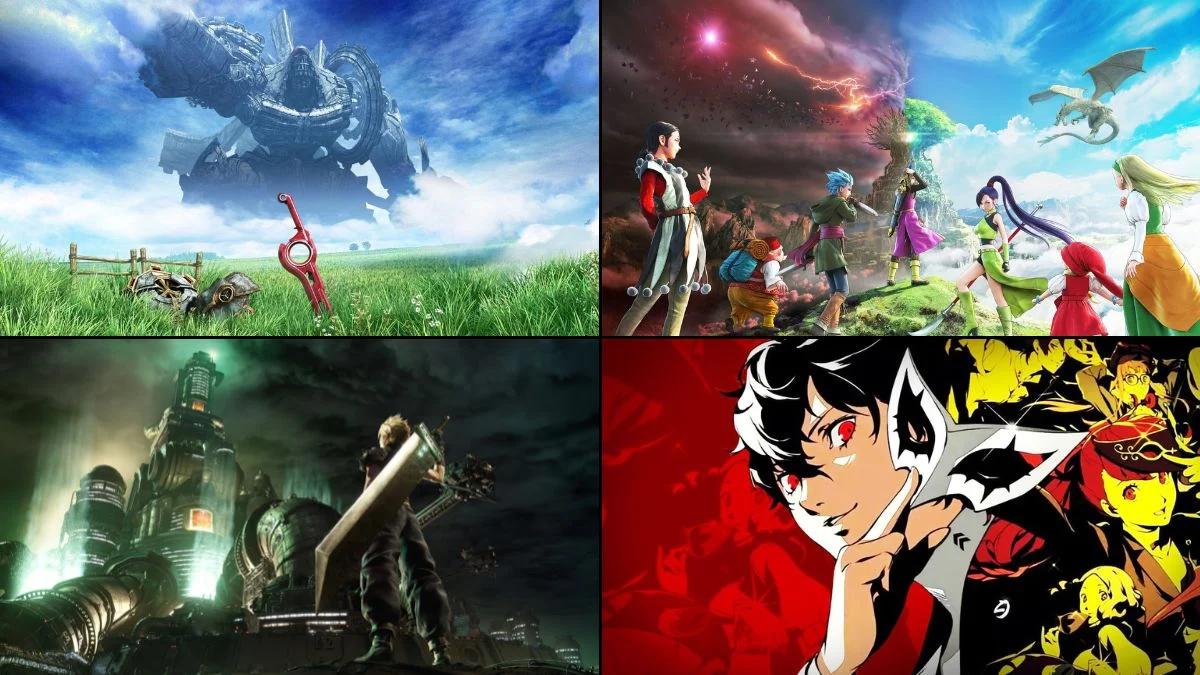



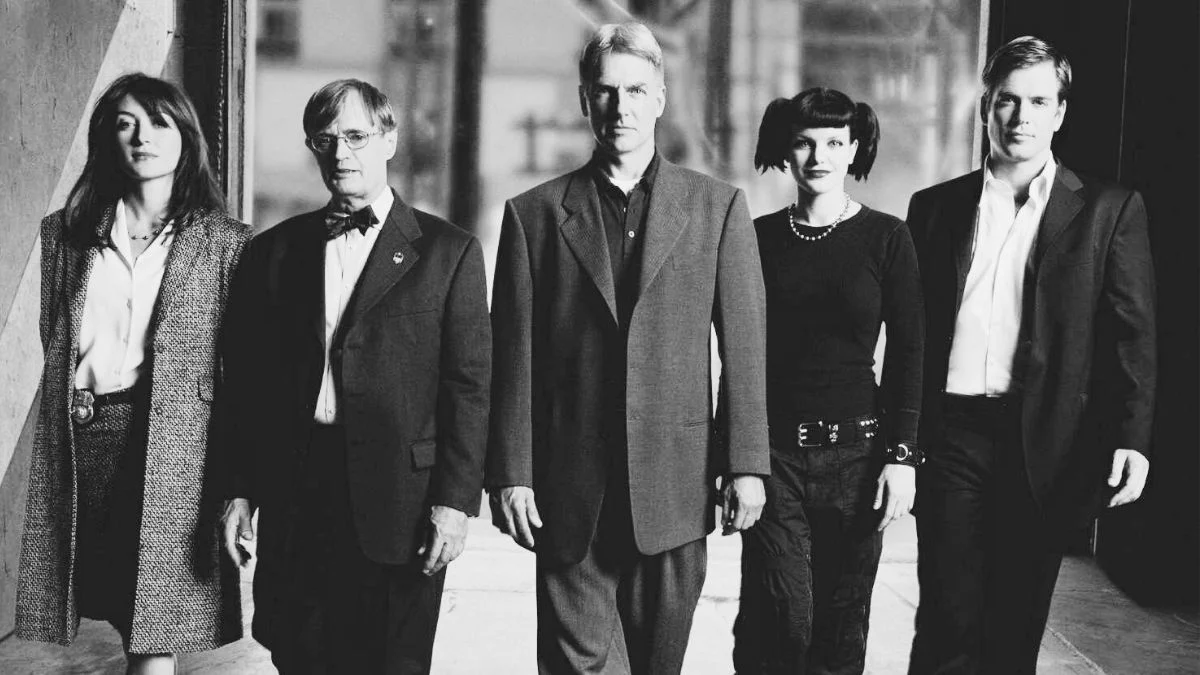
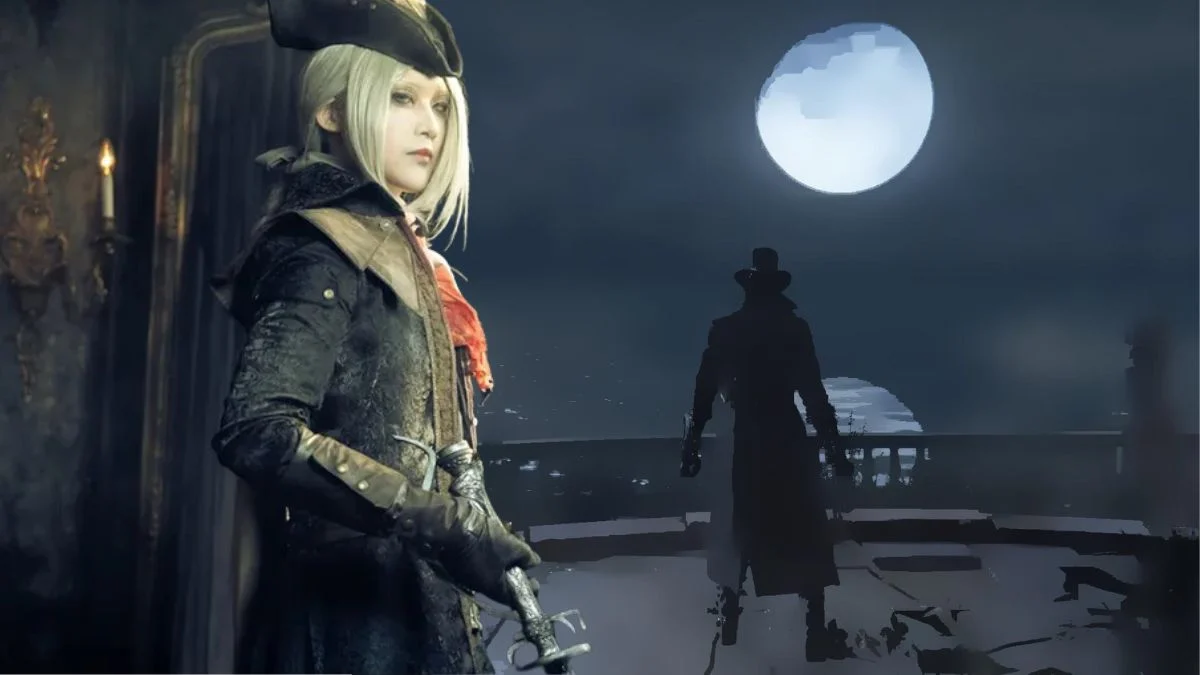




.jpeg)













 English (US) ·
English (US) ·